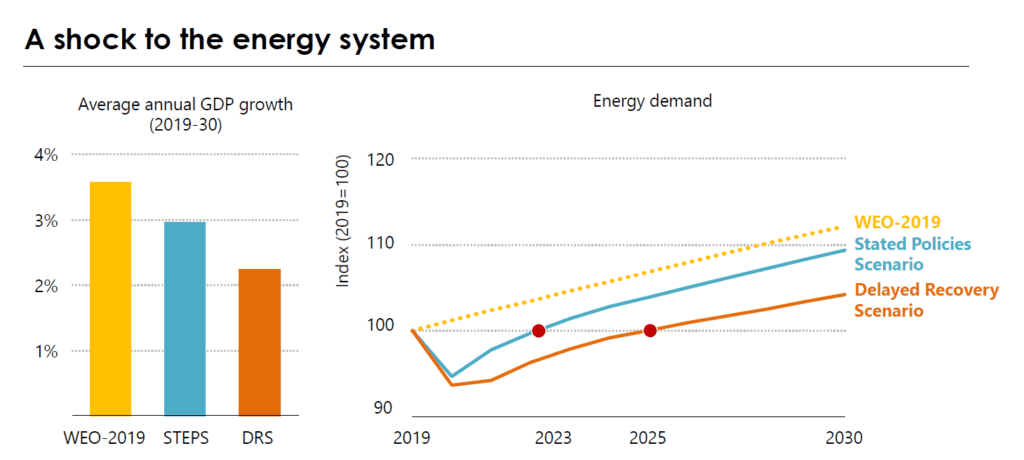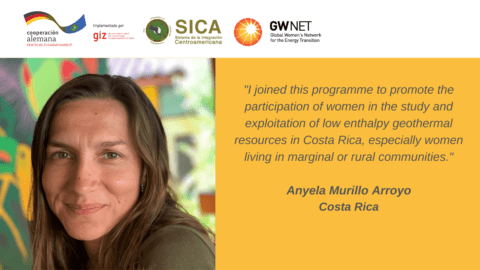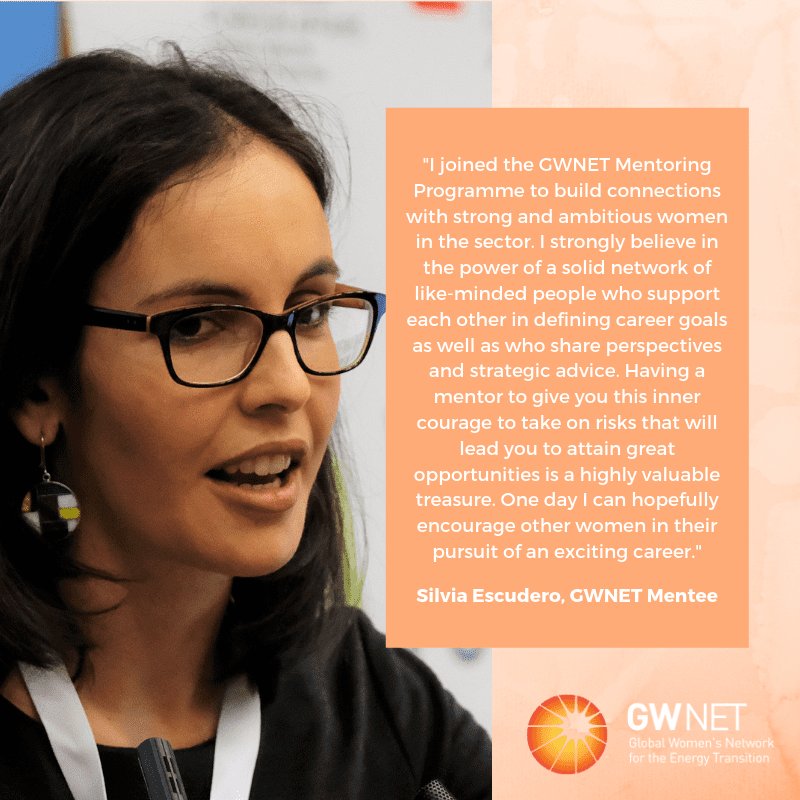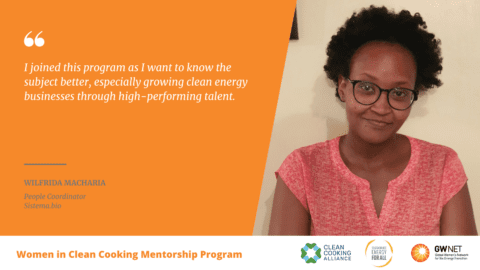Last month, GWNET held its second knowledge-transfer webinar for participants of the GWNET 3/2020 Mentoring Programme, on the topic of Energy Markets post COVID-19. We were excited to welcome key speakers, Laura Cozzi, Chief Energy Modeller and Stephanie Bouckaert, Senior Energy Analyst, at the International Energy Agency (IEA).
Laura oversees the Agency’s work on outlooks and forecasts and is also Head of the Demand Outlook Division with responsibility of producing the annual World Energy Outlook (WEO), the IEA’s flagship publication, and the Global Energy Review among others. Stephanie coordinates analysis and modelling of end-use sectors (industry, transport, households and commercial) for the WEO.
2020 has been an unexpected year, full of uncertainty, upheaval, and a shift away from business as usual. The COVID-19 pandemic has impacted all facets of life, including the energy sector. In this space, two vital questions arise:
- How will the pandemic reshape the energy sector?
- Does the pandemic help or hinder the prospects for rapid clean energy transitions?
The recently launched WEO 2020, not only provides a comprehensive view of how the global energy system could develop in the coming decades, it also explores in detail the impacts of the pandemic on the energy sector and maps out the choices that would pave the way towards a sustainable recovery.

During this interactive webinar, Laura and Stephanie presented strategic insights from the report, covering all regions, fuels and technologies and using the latest data on energy markets, policies and costs.
Key insights from the presentation and subsequent Q&A session included:
- Bringing the pandemic under control in 2021 would allow energy demand to return to pre crisis levels by early 2023. A longer pandemic would usher in the slowest decade of energy demand growth for a century.
- After a 5% drop in energy demand in 2020, renewables lead the rebound while coal never gets back to pre-crisis levels.
- The worst effects of the pandemic are felt among the most vulnerable, and a rise in poverty levels worldwide in 2020 may have made basic electricity services unaffordable for many households.
- Global emissions are set to bounce back more slowly than after the financial crisis of 2008 – 2009, but the world is still a long way from a sustainable recovery.
- The pandemic will leave lasting scars, but it is still open whether it represents a setback for a more secure and sustainable energy system, or a catalyst that accelerates the pace of change.
- There are no shortcuts; only profound changes, guided by good policies, can deliver a better energy future. This is a choice for citizens, investors, companies, but most of all for governments.
Read the full report here.
If you are interested in knowing more about GWNET’s mentoring programmes, this comprehensive article outlines our work in this area.











